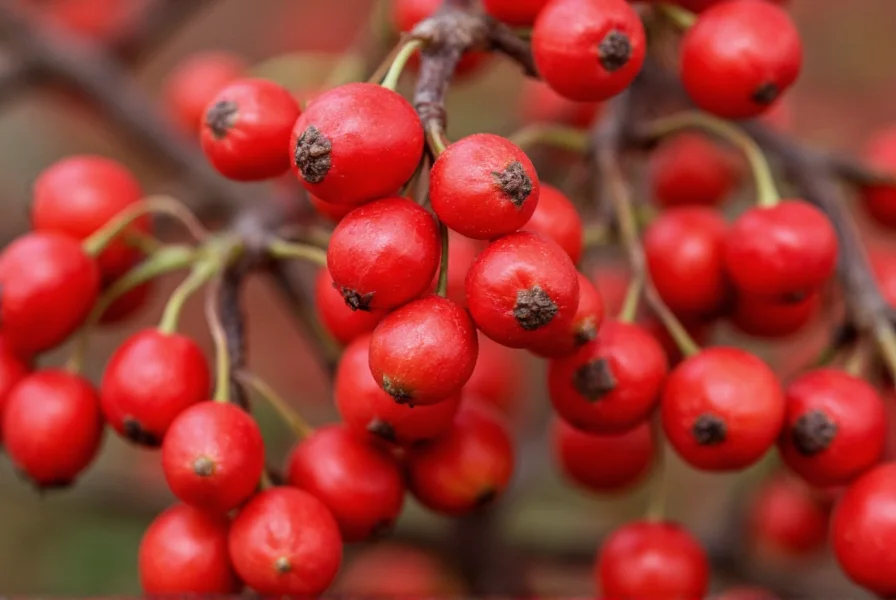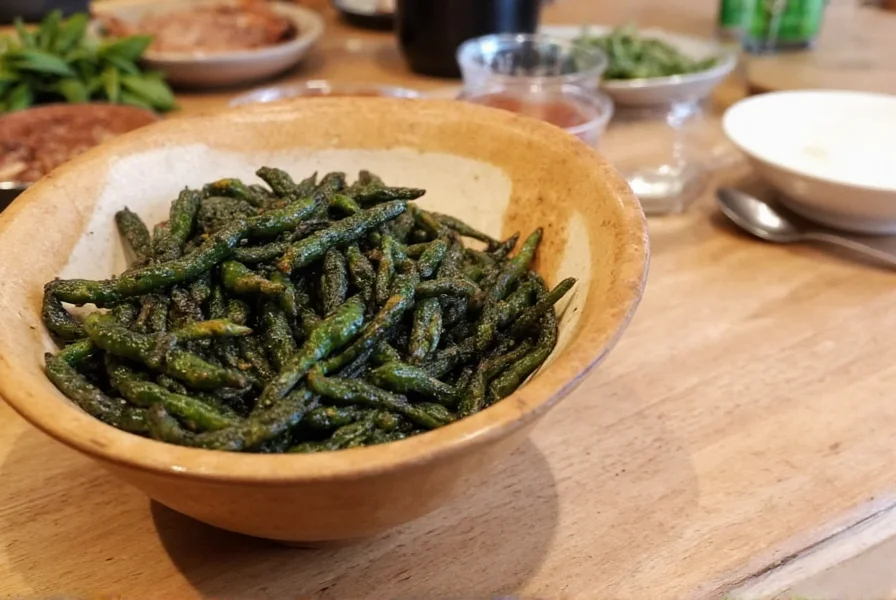Sansho pepper represents one of Japan's most distinctive culinary ingredients, prized for its complex sensory experience that goes beyond simple spiciness. Unlike conventional peppers, this spice delivers a remarkable combination of citrus notes and a subtle numbing sensation that enhances rather than overwhelms dishes.
Origins and Botanical Background
The sansho plant (Zanthoxylum piperitum) belongs to the Rutaceae family, making it a distant relative of citrus fruits rather than true peppers. Native to Japan and Korea, this deciduous tree produces small red berries that are harvested, dried, and ground to create the characteristic sansho powder. The name "sansho" translates to "mountain pepper," reflecting its traditional harvesting locations in mountainous regions of Japan.

Flavor Profile and Sensory Characteristics
Sansho pepper offers a multi-dimensional flavor experience that sets it apart from other spices:
| Characteristic | Description |
|---|---|
| Taste | Citrusy (reminiscent of yuzu), floral, with subtle woody notes |
| Mouthfeel | Mild tingling sensation (sansho phenol), less intense than Sichuan pepper |
| Heat Level | Minimal to no actual heat (0-500 SHU compared to 15,000+ for jalapeños) |
| Aroma | Fragrant, lemony with hints of pine |
Sansho vs. Sichuan Pepper: Understanding the Difference
Many home cooks confuse sansho pepper with Sichuan pepper, but these spices have distinct characteristics that affect culinary applications:
- Botanical origin: Sansho comes from Zanthoxylum piperitum, while Sichuan pepper typically comes from Zanthoxylum simulans or Zanthoxylum bungeanum
- Flavor intensity: Sichuan pepper produces a more pronounced numbing effect (ma la sensation), while sansho offers a gentler tingling with stronger citrus notes
- Culinary tradition: Sansho is integral to Japanese cuisine, particularly in Kanto region dishes, while Sichuan pepper is fundamental to Chinese Sichuan province cooking
- Harvest timing: Japanese sansho is often harvested before full ripening for a brighter flavor profile
Traditional and Modern Culinary Applications
Chefs value sansho pepper for its ability to enhance flavors without overwhelming heat. Traditional Japanese applications include:
- Seasoning for grilled meats, particularly yakiniku (Japanese barbecue)
- Key ingredient in broths and soups like misonikomi udon
- Flavoring for tempura dipping sauces
- Complement to fatty fish like mackerel and horse mackerel
- Component in spice blends like shichimi togarashi
Modern culinary professionals have expanded sansho's applications to include:
- Infusing oils and vinegars for salad dressings
- Adding complexity to chocolate and dessert preparations
- Enhancing seafood dishes, particularly scallops and oysters
- Creating unique spice rubs for poultry and game meats
- Flavoring craft cocktails for a distinctive citrus-tingling finish

Proper Storage and Handling Techniques
To preserve sansho pepper's delicate flavor compounds, proper storage is essential. The volatile oils responsible for its characteristic citrus notes degrade quickly when exposed to air, light, and moisture. For optimal freshness:
- Store in an airtight container away from direct light
- Keep in a cool, dark place (refrigeration extends shelf life)
- Grind berries immediately before use for maximum flavor impact
- Expect peak flavor within 3-6 months of grinding
- Consider freezing whole berries for long-term storage (up to 1 year)
Substitution Options for Sansho Pepper
When sansho pepper isn't available, several alternatives can approximate its unique profile, though none perfectly replicate it:
- Sichuan pepper: Provides similar tingling sensation but with less citrus and more earthiness (use 25% less)
- Yuzu kosho: Offers complementary citrus notes but lacks the tingling sensation
- Lemon zest + black pepper: Rough approximation of citrus and mild heat (not ideal)
- Timut pepper: Nepalese variety with similar citrus-tingling profile (closest substitute)
Chef Hiro Sato of Tokyo's Michelin-starred restaurant notes: "The magic of sansho lies in its balance. It shouldn't dominate a dish but rather lift other flavors through its citrus brightness and subtle mouthfeel. When used properly, it creates a memorable dining experience that engages multiple senses."
Where to Source Quality Sansho Pepper
For authentic sansho pepper, look for these quality indicators:
- Deep red to burgundy color (avoid brownish powder which indicates staleness)
- Strong citrus aroma when crushed between fingers
- Origin labeling (Japanese-grown commands premium but offers best flavor)
- Whole berries rather than pre-ground powder for maximum freshness
Specialty Japanese markets, high-end spice retailers, and select online merchants offer the best quality sansho pepper. When purchasing, check for harvest dates and storage recommendations to ensure optimal freshness.
Frequently Asked Questions
Is sansho pepper actually spicy like chili peppers?
No, sansho pepper doesn't produce traditional heat like chili peppers. It contains sansho phenol which creates a distinctive tingling or numbing sensation on the tongue, similar to but milder than Sichuan pepper. The primary flavor notes are citrusy and floral rather than hot.
Can I substitute sansho pepper for black pepper in recipes?
While possible in some applications, sansho pepper shouldn't be considered a direct substitute for black pepper. Its flavor profile is distinctly citrusy with tingling sensation rather than pungent heat. Use 1/4 to 1/2 teaspoon of sansho to replace 1 teaspoon of black pepper, and adjust to taste based on the dish.
Does sansho pepper have any health benefits?
Traditional Japanese medicine has used sansho for digestive support and as a mild stimulant. Modern research suggests compounds in sansho may have antioxidant properties and potential benefits for circulation, though more scientific study is needed. Like most spices, it's best enjoyed as part of a balanced diet rather than for specific health claims.
Why does my sansho pepper lose flavor quickly?
Sansho's delicate citrus compounds are volatile and degrade rapidly when exposed to air, light, and moisture. For longest shelf life, store whole berries in an airtight container in the refrigerator or freezer, and grind only what you need immediately before use. Pre-ground sansho typically loses significant flavor within 2-3 months.
What dishes showcase sansho pepper best?
Sansho pepper shines in dishes where its citrus notes can complement rather than compete with other flavors. Traditional pairings include grilled river fish, misonikomi udon soup, and yakiniku dipping sauces. Modern applications include finishing scallops, enhancing chocolate desserts, and adding complexity to craft cocktails. Its subtle nature works best as a finishing spice rather than cooked for long periods.











 浙公网安备
33010002000092号
浙公网安备
33010002000092号 浙B2-20120091-4
浙B2-20120091-4